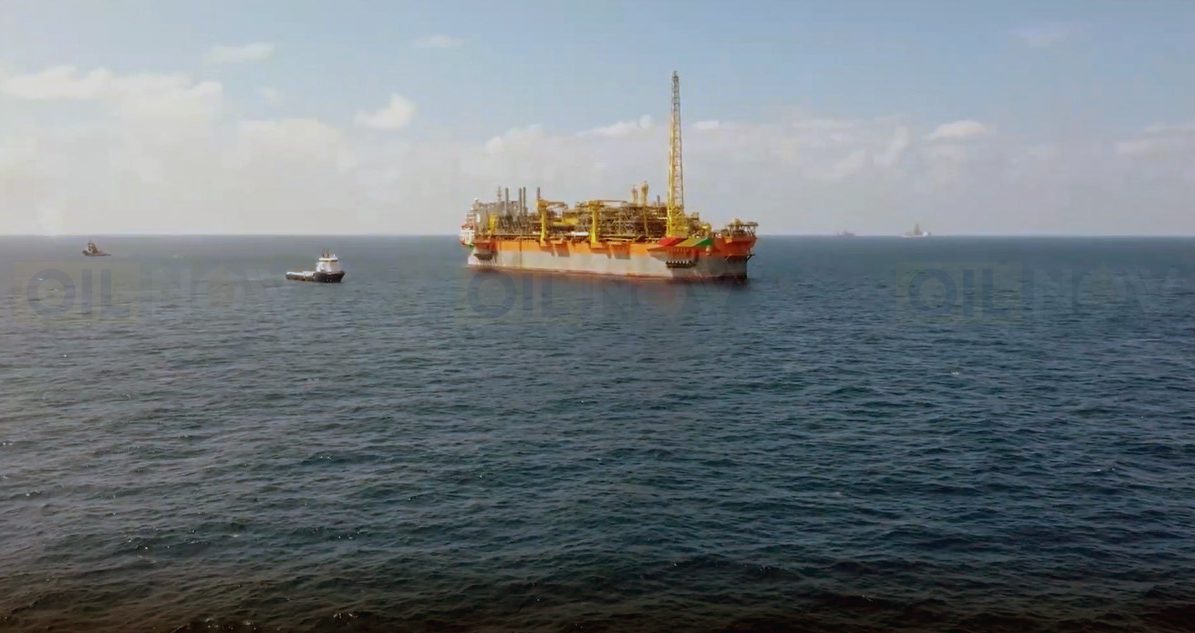Guyana’s Environmental Protection Agency (EPA) is a vital pillar in the country’s balancing act of being an oil producer, while also adhering to strict global climate goals.
And because of this, its institutional capacity must be strengthened to monitor and regulate Guyana’s oil industry. Scientist and Academic Scholar, Dr. Ulric Trotz touched on this in his recent piece – ‘On the Intersection of Energy Development and the Environment’.
“Focus must be placed on providing the EPA with the capacity to provide Guyana with the necessary oversight to ensure that oil and gas operations do not in any way compromise the integrity of Guyana’s fragile ecosystems to the extent that it disrupts livelihoods and negatively impacts the lives and well-being of the citizens of Guyana,” Dr. Trotz said.
His paper examined how Guyana reconciles with the country’s two goals.
He said given the low carbon intensity of Guyana’s oil and gas resources and the feasibility of production compared with global producers, there is an opportunity for it to emerge as a major supplier of fossil fuel during the global transition to net zero.
“Guyana needs to ensure that its production of oil and gas meets the highest available environmental standards and that the resources accruing are used to facilitate the transition of Guyana and the wider CARICOM to the required net zero status while at the same time building climate resilience to cope with the existential and future impacts of a changing climate,” Dr. Trotz outlined.
This is where the EPA comes in.
As the regulator, its policies seek to ensure the preservation of Guyana’s environment to the highest standards. It is governed by the policies outlined in the Environmental Protection Act of 1996. The outdated law is slated for an update soon.
Since the discovery of oil, the EPA has been slowly building up its capacity. And over the years, it has made stark improvements to help effectively regulate the sector.
It strengthened the decision-making process for the granting of Permits through a revamped screening process. And this was most notable in the revised Liza Phase 1 Permit and the Yellowtail Permit, to better align them with best international industry practices.
The EPA also enhanced remote and real-time monitoring. It set up a control centre that links directly to the oil production vessels in Guyana’s offshore Stabroek Block and recently teamed up with Maxar Technologies to acquire its Crow’s Nest software.
It enables the EPA to receive daily satellite imagery intakes across Guyana through the SecureWatch platform Vessel Alerts through the Crow’s Nest Maritime solution, SAR oil spill detection services and change monitoring over specified areas of interest.
And this year, the Agency said it is focused on strategically continuing its efforts to become a modern and effective environmental regulator, done by leveraging cutting-edge science and technology, such as artificial intelligence and data analytics, to improve its regulatory compliance and enforcement efforts.



